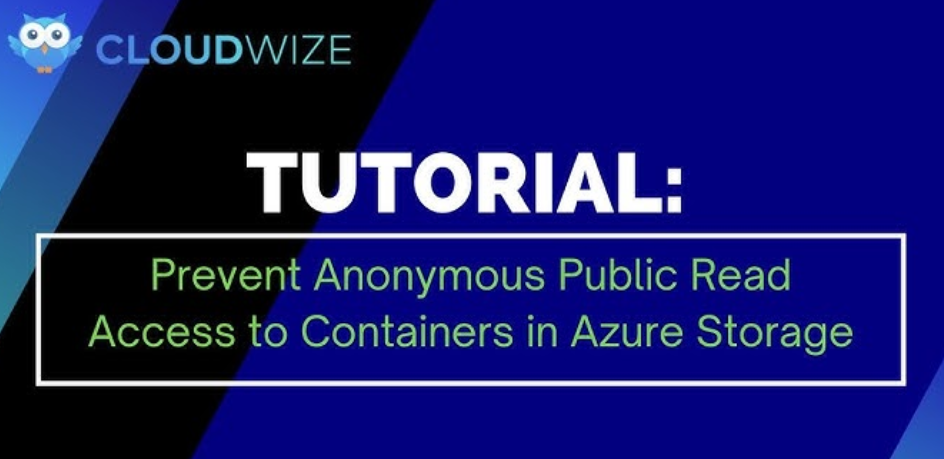In cloud environments, responsibility for encryption is typically shared between the cloud service provider and the customer. The cloud service provider is responsible for providing the underlying infrastructure and tools to enable encryption, while the customer is responsible for implementing encryption practices for their data and managing access to the encryption keys.
Encryption in a cloud environment can be achieved through a multi-step process that involves various responsibilities and tools. A cloud customer must understand these points. Let’s break down the process:
- Data classification and encryption strategy: The customer is responsible for classifying their data based on sensitivity and compliance requirements. They need to determine what data needs to be encrypted and what encryption algorithms to use. No specific tool is involved in this step. It’s more of a policy and decision-making process.
- Data encryption: The customer is responsible for encrypting their data before sending it to the cloud or storing it in the cloud service. Various encryption libraries and tools are available for data encryption, such as OpenSSL and HashiCorp Vault, as well as cloud provider-specific encryption via a software development kit (SDK).
- Key generation and management: The cloud service provider is responsible for providing a Key Management Service (KMS) that allows customers to create and manage encryption keys securely. Cloud service providers offer their own KMSs, including AWS KMS, Azure Key Vault, and Google Cloud KMS.
- Customer Master Key (CMK) creation and protection: The customer is responsible for creating and managing their CMKs within the cloud provider’s KMS. CMKs are used to protect and control access to data encryption keys. The KMS provided by the cloud service provider is used to create and manage CMKs.
- Data upload and storage: The cloud service provider is responsible for securely receiving and storing encrypted data. No specific tool is involved here. The cloud provider’s storage infrastructure handles the encrypted data.
- Data retrieval and decryption: The customer is responsible for retrieving the encrypted data from the cloud and decrypting it using the appropriate Data Encryption Key (DEK), which is decrypted using the CMK. The decryption process is performed using encryption libraries or tools, along with the cloud provider’s KMS to retrieve and use the necessary keys.
- Key rotation and life cycle management: The customer is responsible for regularly rotating encryption keys and managing their life cycle to minimize the risk of unauthorized access. The cloud provider’s KMS offers APIs and tools to facilitate key rotation and life cycle management.
- Monitoring and auditing: Both the cloud service provider and the customer share the responsibility of monitoring and auditing encryption-related activities to detect and respond to security incidents or unauthorized access. CSPM tools provide the visibility of risk associated with keys.
In summary, encryption in the cloud involves collaboration between the cloud service provider and the customer. The customer is responsible for data classification, encryption, key management, and data decryption, while the cloud provider is responsible for providing a secure KMS and ensuring the secure storage and retrieval of encrypted data. Various encryption libraries, KMSs, and CSPM tools play crucial roles in achieving a robust encryption process in the cloud environment.
Now that you have a fundamental understanding of encryption and its relevance in cloud environments, let us understand another important topic: the Cloud Adoption Framework (CAF). This is one of the most important topics for organizations planning to adopt the cloud for their infrastructure.
